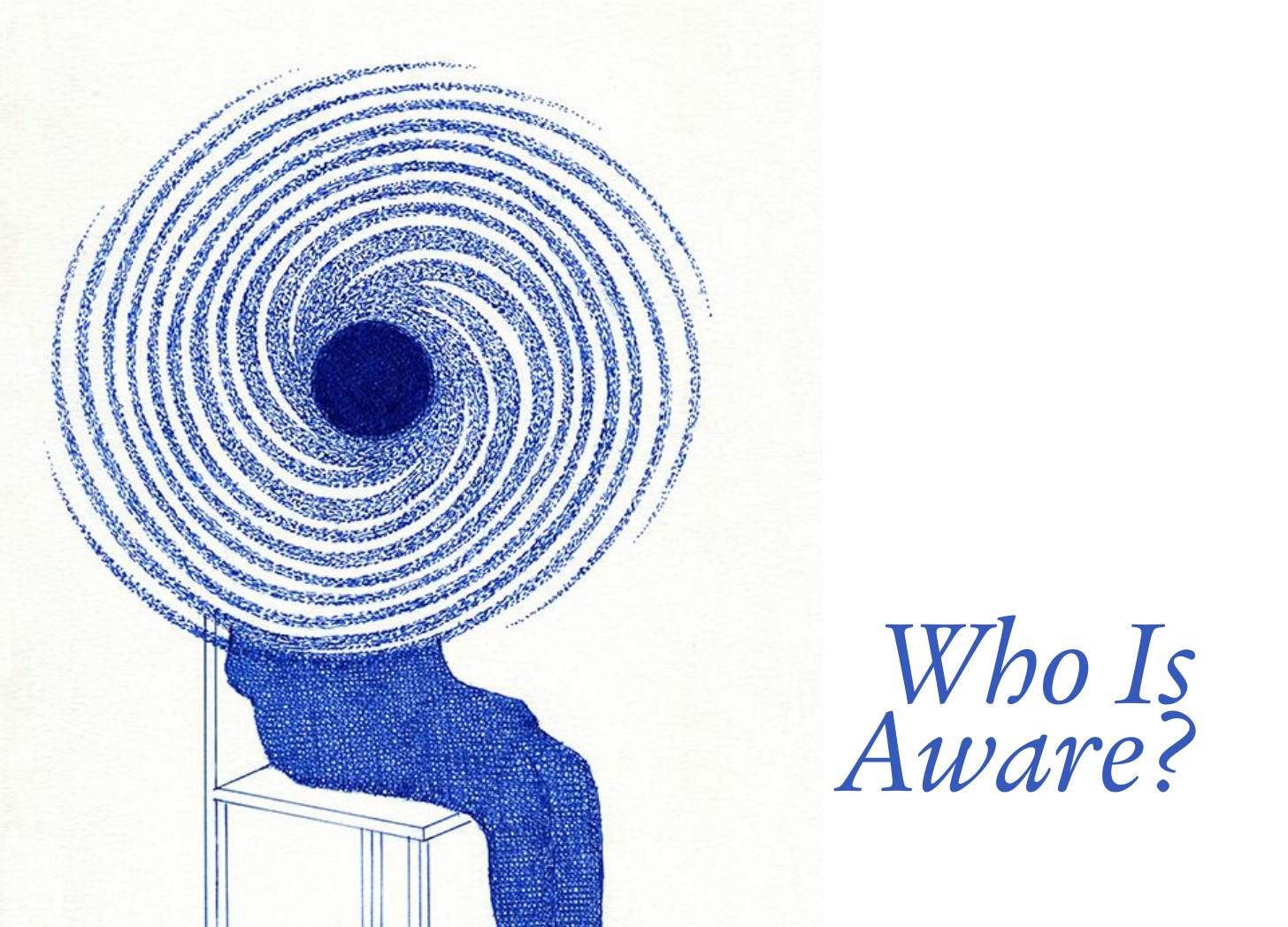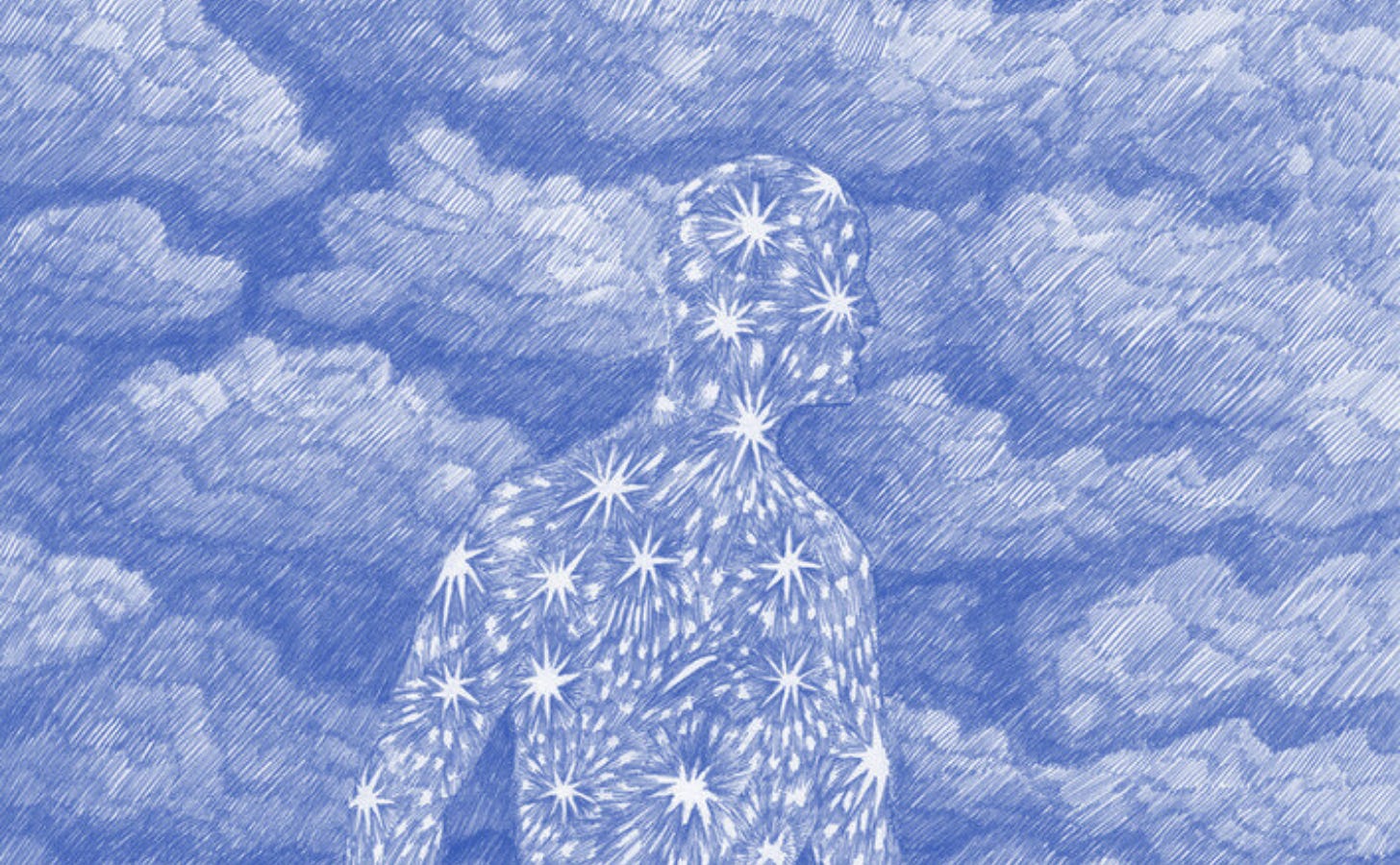

At the Balance Arts Center for Alexander Technique, Ann Rodiger posed a profound question on the whiteboard: “Who is aware?” At first glance, the answer seems simple—“I am aware.” But when we pause to reflect, the “I” in this question opens the door to a deeper, more philosophical exploration. Who is this “I” that is aware? Is it the present, conscious version of myself? Or is it a less optimal version, clouded by habitual patterns, emotions, or physical tension?
In Alexander Technique terms, the “who” that is aware is ideally an efficient, conscious, and present self. This is the version of ourselves that operates with optimal awareness, free from unnecessary tension and reactive habits. However, there are times when a less optimal “who” takes over—when we feel low energy, sadness, anger, or even physical pain. These are signals that our awareness has shifted, and it’s an opportunity to pause, notice, and recalibrate.
As F.M. Alexander emphasized, the process of improving our psycho-physical conditions begins with awareness. By questioning “Who is aware?” we create a moment of pause—a chance to notice and, if needed, make conscious adjustments to bring the optimal “who” back into the driver’s seat.

How to Build a Reliable Sensory Appreciation
Sensory appreciation, as described by F.M. Alexander, is the ability to accurately perceive and interpret the sensations in our body. It is essential for making conscious, constructive changes and lies at the heart of the Alexander Technique. Here are five ways to build a more reliable sensory appreciation:
Pause and Inhibit
The Alexander Technique emphasizes the importance of pausing before reacting. This moment of inhibition allows us to interrupt habitual patterns and make a constructive, conscious choice about how to proceed. By practicing this pause, we can develop a clearer sense of what is happening in our body and mind, directing it toward a more optimal state.
Practice Constructive Rest
Constructive rest, or semi-supine position, is a foundational practice in the Alexander Technique. Lying on your back with your knees bent and feet flat on the floor helps release tension, align the spine, and improve sensory awareness. For students who practice meditation, I often suggest meditating in a semi-supine position instead. Spending 10-20 minutes in this position, noticing where tension is held and releasing it, allows the body to naturally recalibrate and arrive at a more neutral state.
Engage in Mindful Movement
Everyday activities like walking, sitting, or standing can become opportunities to practice awareness. Pay attention to how you initiate movement, distribute weight, and use your body. Are you holding unnecessary tension? When walking, is your mind focused on the activity at hand, or is it lost in the past or future? Noticing what’s happening in your mind and body during movement—and inhibiting unnecessary tension—can help refine your sensory appreciation over time.
Work with an Alexander Teacher
A trained Alexander Technique teacher can provide hands-on guidance to help you recognize and release habitual tension, allowing you to arrive at a more connected and optimal awareness. Through gentle touch and verbal cues, they can help you develop a more accurate sense of your body’s alignment and movement patterns. This, in turn, allows the nervous system to shift into a parasympathetic state, where rest and rejuvenation occur.
Cultivate a Non-Judgmental Attitude
Building reliable sensory appreciation requires curiosity and openness. As Walter Carrington often emphasized, a childlike curiosity is key. As adults, we tend to think we already know the answers to many things, but the truth is, the answers are constantly evolving. Keeping an open mind and asking, “Is that it?” can help you avoid judgment. For example, instead of labeling sensations as “good” or “bad,” observe them with interest and use the information to guide your choices. This mindset fosters a deeper connection to your body and a more accurate perception of your sensory experiences.
Connecting Awareness to Living in a Flow State
Flow, as defined by psychologist Mihaly Csikszentmihalyi, is an optimal state of consciousness where you feel and perform your best. It’s marked by complete focus, effortless action, and a sense of timelessness. In flow, self-doubt fades, and joy takes its place. Neuroscience shows that during flow, the prefrontal cortex—the part of the brain responsible for self-criticism and overthinking—quiets down, allowing creativity and ease to emerge.
The Alexander Technique offers a practical path to this state. F.M. Alexander discovered that habitual tension in the body disrupts natural alignment and ease, keeping the mind in a state of stress and overthinking. By learning to pause, notice, and release these patterns, we calm the nervous system and signal to the brain that it’s safe to let go. As tension dissolves, mental clarity and flow naturally follow.
Asking “Who is aware?” creates a moment of pause—a chance to recalibrate. This pause, or inhibition, is central to the Alexander Technique, helping us interrupt automatic, stress-driven responses and replace them with conscious, coordinated ease.
The technique also emphasizes direction—offering gentle, conscious instructions to encourage natural movement and alignment. It’s not about forcing a position but inviting the body to move with efficiency and freedom. When habitual tension is released, the mind and body connect seamlessly, and flow emerges effortlessly.

Living in flow requires awareness, presence, and adaptability—all cultivated through the Alexander Technique. By integrating its principles into daily life, we unlock a state of balance and effortless action. The journey begins with the simple question: “Who is aware?” From there, we pause, notice, and make conscious choices that lead us to flow—a state where we are fully alive and present.
The magic we seek isn’t out there—it’s already within us, waiting to be rediscovered. The Alexander Technique is not just about posture; it’s a gateway to presence and a practical path to living in flow.


